
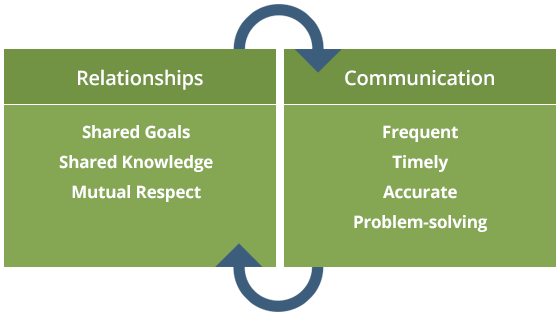
Relational coordination is a mutually reinforcing process of communicating and relating for the purpose of task integration. Relational coordination is shaped by organizational structures and, when strong, it supports organizations in achieving a wide range of desired performance outcomes including quality, safety, efficiency, financial outcomes, well-being, learning, and innovation.
Relational coordination is a source of resilience and is particularly important for achieving our desired performance outcomes when work is highly interdependent, uncertain and time constrained, whether in times of crisis or everyday stress.
“Relational coordination is about all the little things that add up to being big things.”
– ICU Case Manager, Billings Clinic
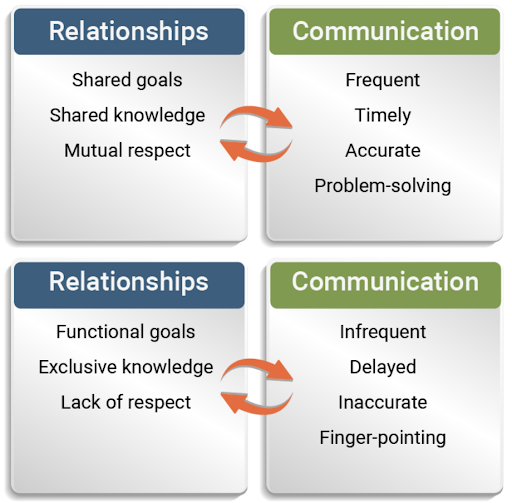
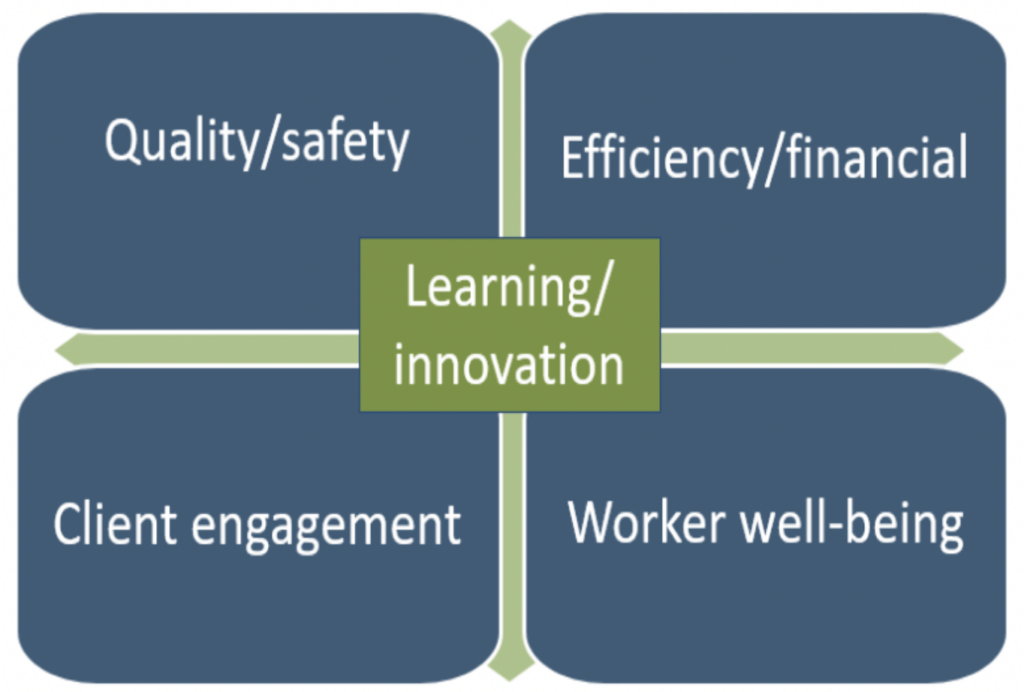
Relational coordination is a mutually reinforcing process of communicating and relating for the purpose of task integration. Relational coordination is shaped by organizational structures and, when strong, it supports organizations in achieving a wide range of desired performance outcomes including quality, safety, efficiency, financial outcomes, well-being, learning, and innovation.
Relational coordination is a source of resilience and is particularly important for achieving our desired performance outcomes when work is highly interdependent, uncertain and time constrained, whether in times of crisis or everyday stress.
“Relational coordination is about all the little things that add up to being big things.”
– ICU Case Manager, Billings Clinic
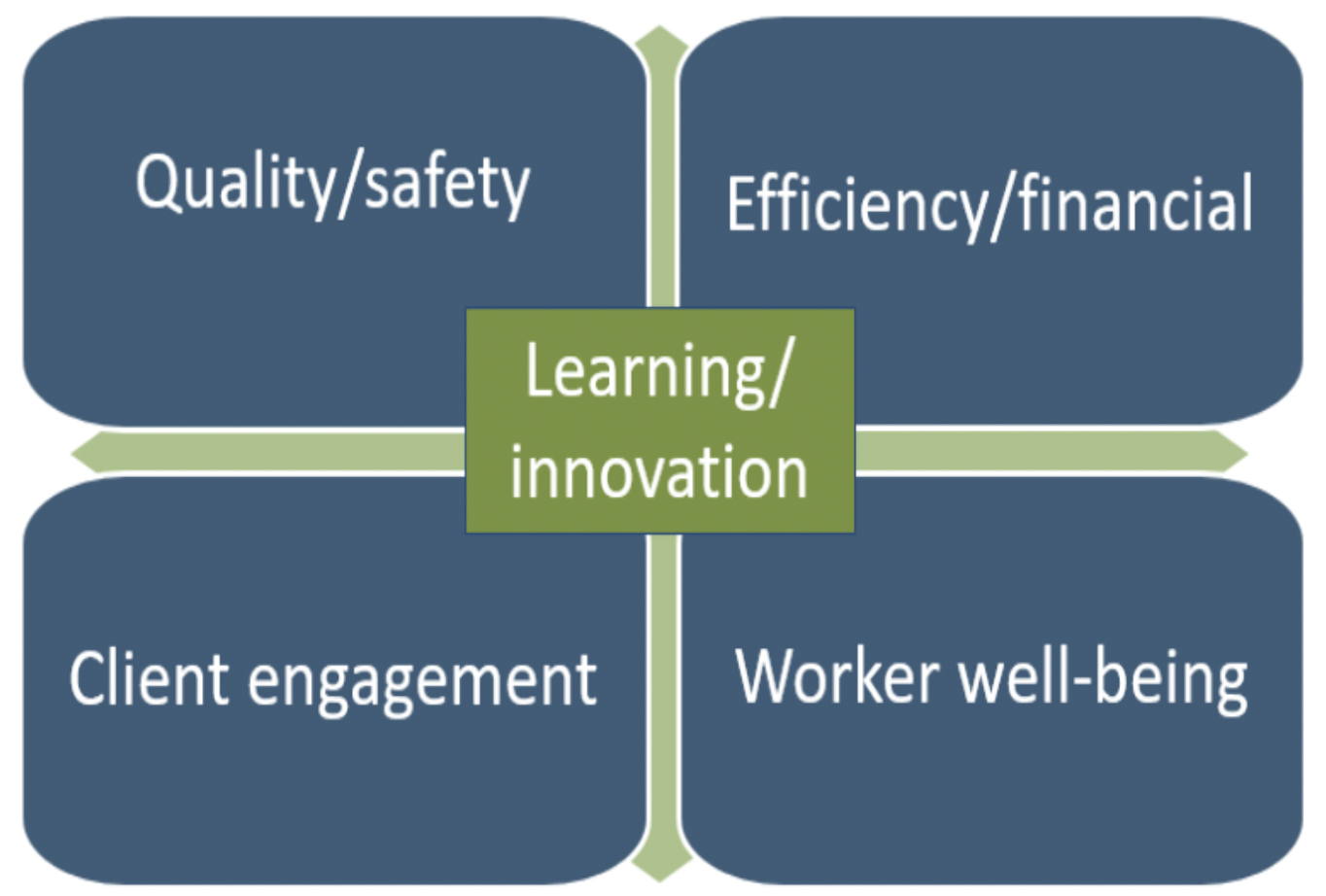


Relational Coordination Theory was developed by Jody Hoffer Gittell in the mid 1990s ′s in the context of flight departures while completing her dissertation research at the Massachusetts Institute of Technology’s Sloan School of Management. Dr. Gittell documented her discovery of relational coordination, its performance effects, and how to improve it in many scientific journals as well as multiple books, including The Southwest Airlines Way (2003), High Performance Healthcare (2009), and Transforming Relationships for High Performance (2016). These books inspired practitioner interest in the relational coordination methodology, resulting in the development of Six Stages of Change and the Relational Model of Change.

Relational Coordination Theory was developed by Jody Hoffer Gittell in the mid 1990s ′s in the context of flight departures while completing her dissertation research at the Massachusetts Institute of Technology’s Sloan School of Management. Dr. Gittell documented her discovery of relational coordination, its performance effects, and how to improve it in many scientific journals as well as multiple books, including The Southwest Airlines Way (2003), High Performance Healthcare (2009), and Transforming Relationships for High Performance (2016). These books inspired practitioner interest in the relational coordination methodology, resulting in the development of Six Stages of Change and the Relational Model of Change.
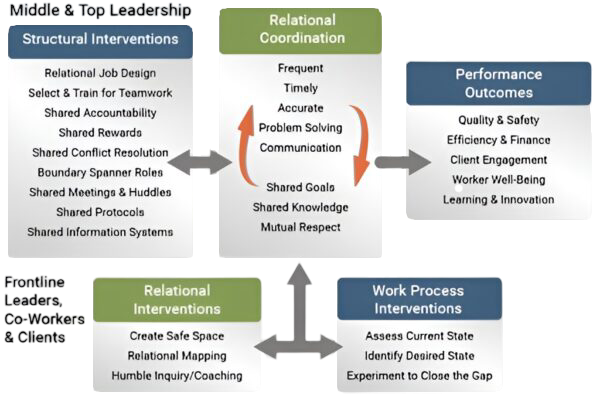
Countries in North America, South America, Europe, Africa, and Asia
Relational coordination is a highly flexible methodology that is adaptable to multiple contexts. It has been studied empirically in over 73 industry contexts, including many in the healthcare, commercial, and human services sectors and some in the education sector. It has also been studied in over 36 countries around the world including countries in North America, South America, Europe, Africa, and Asia.
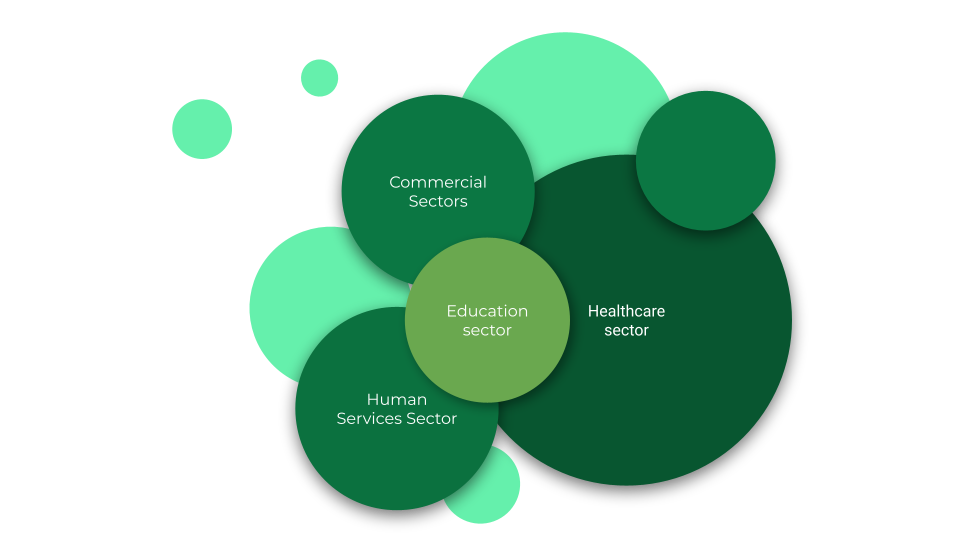
Industry Contexts in the Healthcare, Commercial, Human Services, and Education Sectors
Countries in North America, South America, Europe, Africa, and Asia
Relational coordination is a highly flexible methodology that is adaptable to multiple contexts. It has been studied empirically in over 73 industry contexts, including many in the healthcare, commercial, and human service sectors and some in the education sector. It has also been studied in over 36 countries around the world including countries in North America, South America, Europe, Africa, and Asia.

Industry Contexts in the Healthcare, Commercial, Human Service sector, and Education Sectors
RCA Relaunch